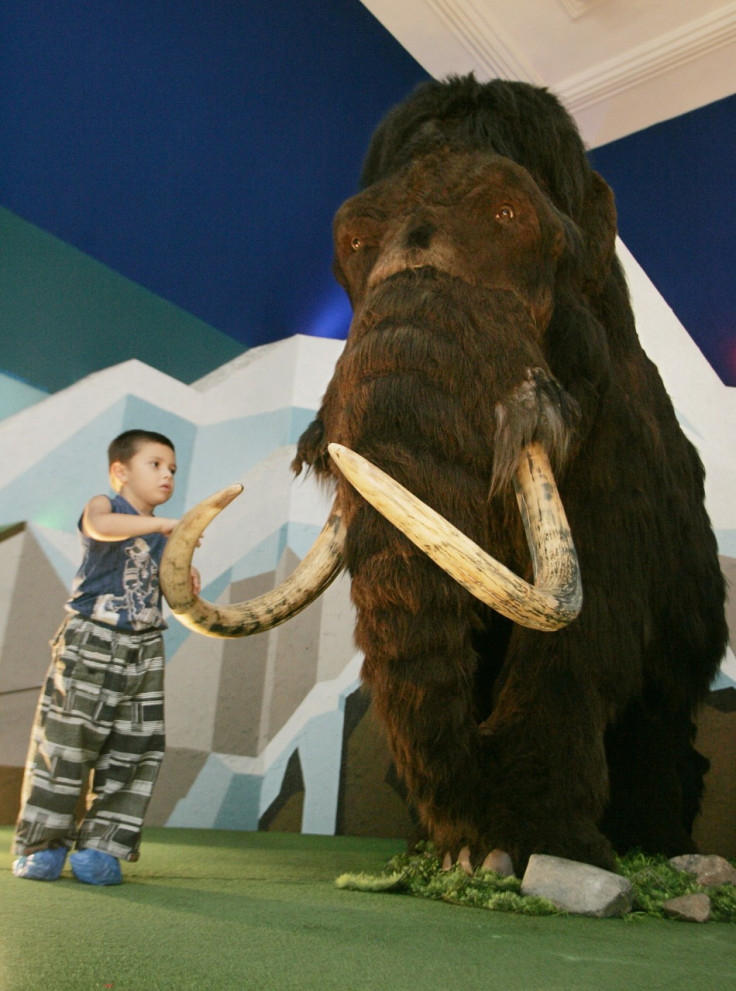Scientists Plan to Clone Woolly Mammoth

The woolly mammoth, which has been extinct for more than 10,000 years, may come back alive after Russian and South Korean scientists signed a deal to recreate the prehistoric animal.
Vasily Vasiliev, vice rector of North-Eastern Federal University of the Sakha Republic, and controversial cloning pioneer Hwang Woo-Suk of South Korea's Sooam Biotech Research Foundation, signed a deal on joint research to recreate the woolly mammoth, AFP reported.
"The first and hardest mission is to restore mammoth cells," Sooam researcher, Hwang In-Sung, told AFP.
The scientist said that if the nuclei of egg cells from an elephant were replaced with those from the mammoth's somatic cells, embryos with mammoth DNA could be produced and planted into elephant wombs for delivery. It would take 22 months before delivery.
Sooam Research Foundation is planning to use an Indian elephant for the cloning. "This will be a really tough job, but we believe it is possible because our institute is good at cloning animals," Hwang In-Sung added.
Hwang Woo-Suk, who was once considered a pioneer in stem cell research, has credibility concerns after it was found that he fabricated some of his experiments that appeared in various journals. He was barred from engaging in stem cell research and the South Korean government stopped giving financial support.
However, in 2005, Hwang Woo-Suk successfully cloned the first dog, which was verified by the experts and confirmed that it was legitimate.
Hwang Woo-suk is currently leading research efforts at the Sooam Biotech Research Foundation.
© Copyright IBTimes 2025. All rights reserved.





















